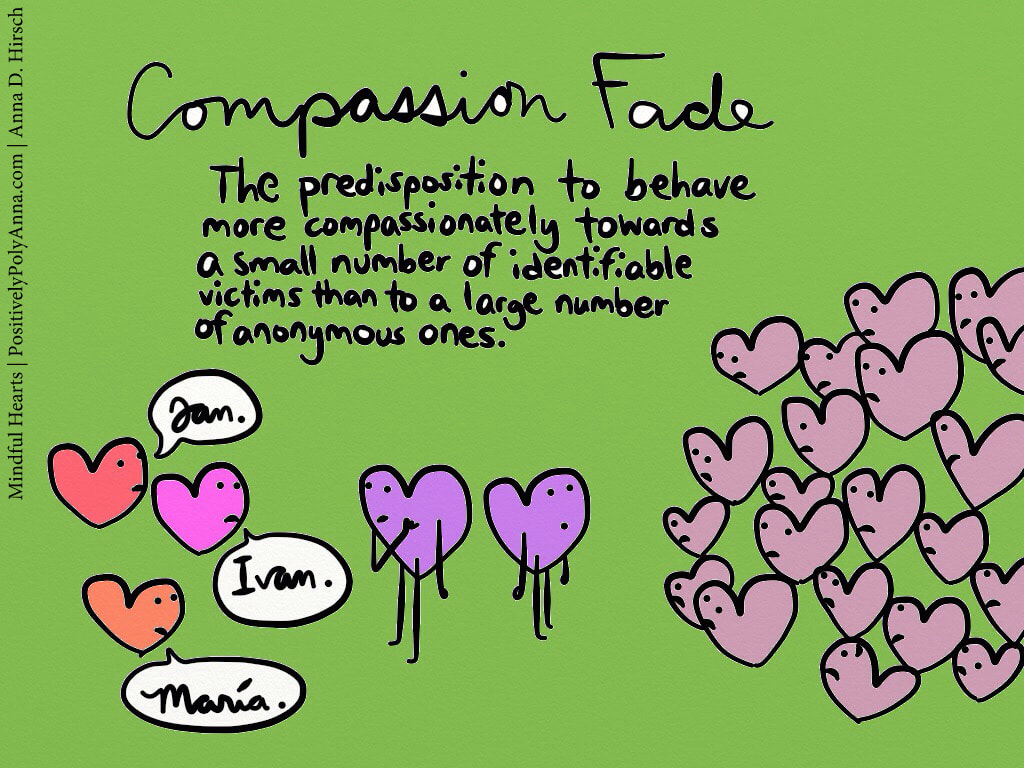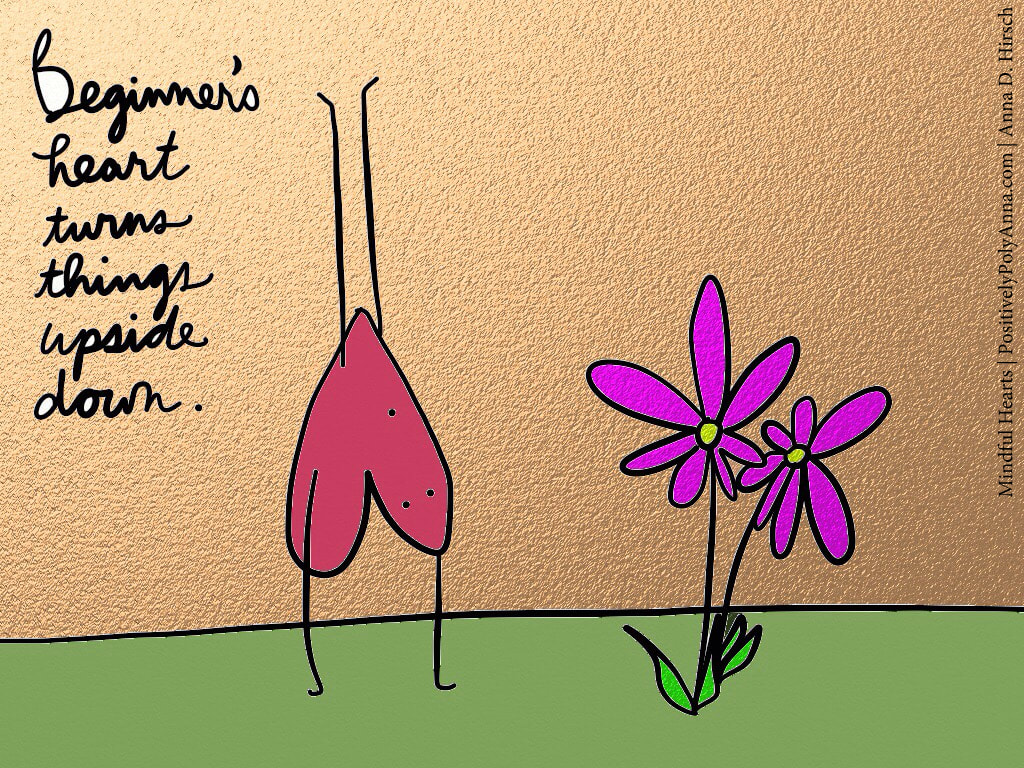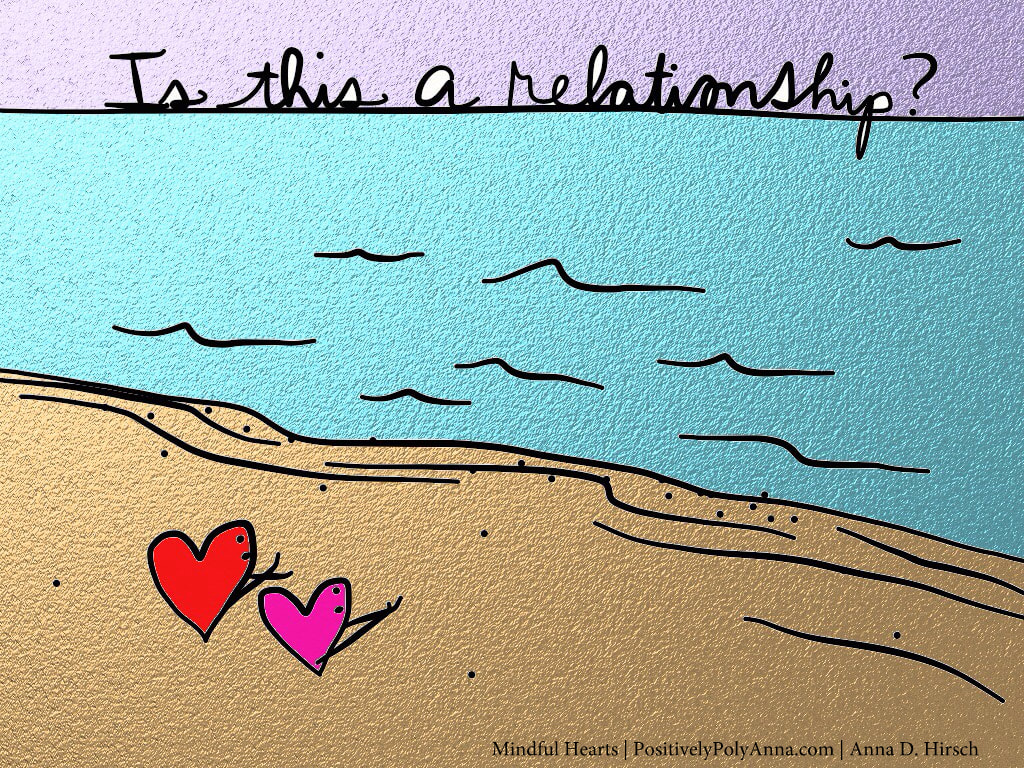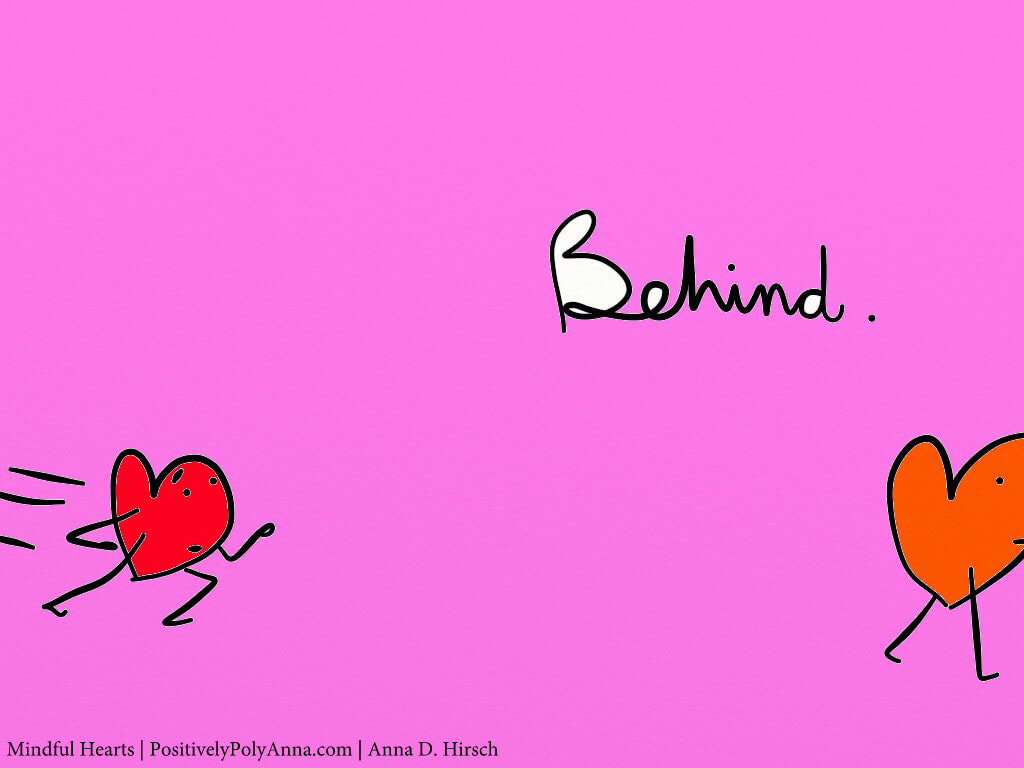Why does it hurt differently when one person in particular says, "I can't do this anymore," than when almost anyone else says the same words?
For decades, since John Bowlby outlined a theory of attachment in interpersonal relationships and Mary Ainsworth studied that theory in the Strange Situation Protocol, we have been training ourselves as a society toward greater self-understanding through a set taxonomy of biologically based infant attachment traits: secure, anxious-ambivalent, anxious-avoidant, and disorganized. In the 1980s, this theory got new legs in supporting adults navigate their relationships and thinking about how attachment continues to operate across the lifetime.
Among those working to share this theory widely and to support people in being the drivers of their own healing and growth, Stan Tatkin, author of Wired for Love, has changed the way we imagine attachment, bringing it out of the clinical linguistics of scientific research studies and into people's living rooms, where everyone can contribute to and help shape the knowledge embedded in attachment theory through dynamic lived experience.
 RSS Feed
RSS Feed





















